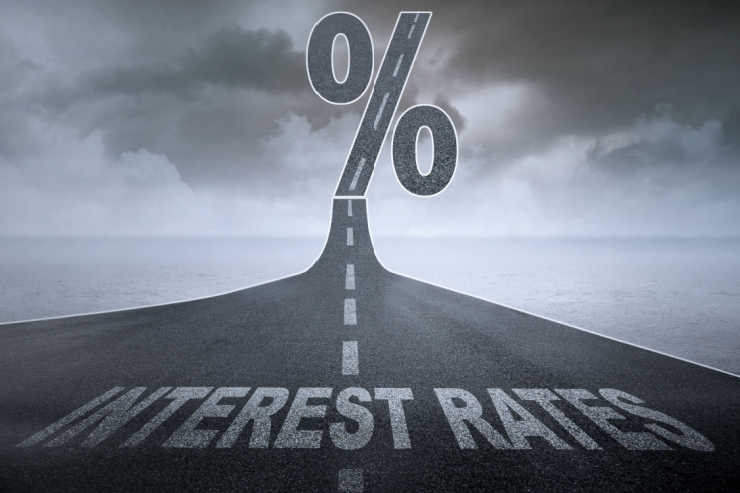
By Creativa Images @ Shutterstock.com
Many small towns use short-term borrowing to pay bills between revenue collections. Higher rates could be threatening that finance model. Heather Gillers reports for The Wall Street Journal:
Rising interest rates are squeezing cash-strapped towns and school systems that use short-term borrowing to keep cash flowing while they wait for property tax dollars to come in.
A-rated cities and school districts are paying 3.16% for a one-year loan issued March 3, compared with 0.21% at the beginning of 2022, according to data from Refinitiv MMD. In places where local budgets are already burdened by inflation, rising borrowing costs add to the pressure to raise taxes or cut services.
For most of the past decade, short-term borrowing cost almost nothing and offered an easy solution for places with limited reserves and slow-to-arrive revenues. Altogether municipalities generally issue several billion dollars in short-term debt a month to cover day-to-day expenses like keeping traffic lights on and roads plowed.
Some towns, counties and school systems have pulled back on these loans as rates have shot up, pushing short-term borrowing by government entities to its lowest level in more than a decade, according to an analysis of Bloomberg data by Municipal Market Analytics, a bond research firm.
The analysis tracked a rolling 12-month average of short-term debt to be repaid with tax revenues. As rates rose the amount borrowed fell from about $27 billion in January 2022 to about $19 billion last month. Federal pandemic aid and strong revenues over the past several years are also helping some municipalities avoid borrowing.
North Tonawanda, N.Y., a suburb of Buffalo with a population of 30,000, has worked to reduce its reliance on short-term debt. Officials borrowed $1.6 million last month, down from $2.3 million in February 2022 and $4.2 million in February 2021, records show. But the dollar amount North Tonawanda paid to borrow reached a multiyear high after interest rates topped 3%. The city carries a rating of A3 from Moody’s Investors Service—slightly below average but still firmly investment-grade.
The total interest cost for the three-month loan came to $18,380.60, about the same as the price of keeping the city’s entire fleet of more than 100 vehicles full of gas for a month, said Mayor Austin Tylec.
“Obviously this makes it a little bit more difficult for us to do what we need to do,” Mr. Tylec said.
Municipal debt, most of it backed by ultrareliable taxes or revenue from essential services, tends to closely track interest rates. Like consumers taking out mortgages and car loans, towns and school districts are facing mounting costs as the Federal Reserve repeatedly raises rates in an effort to tame inflation.
Read more here.
